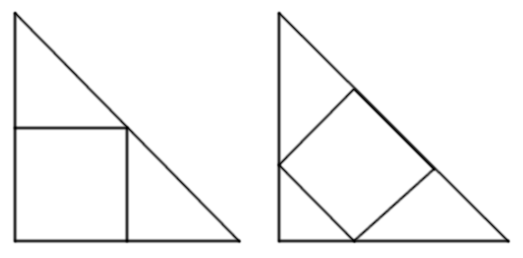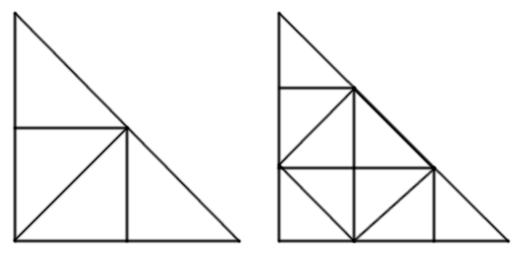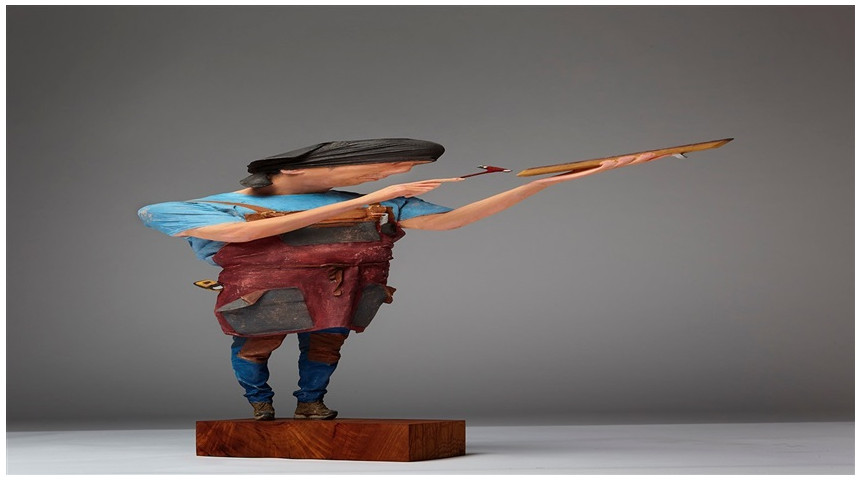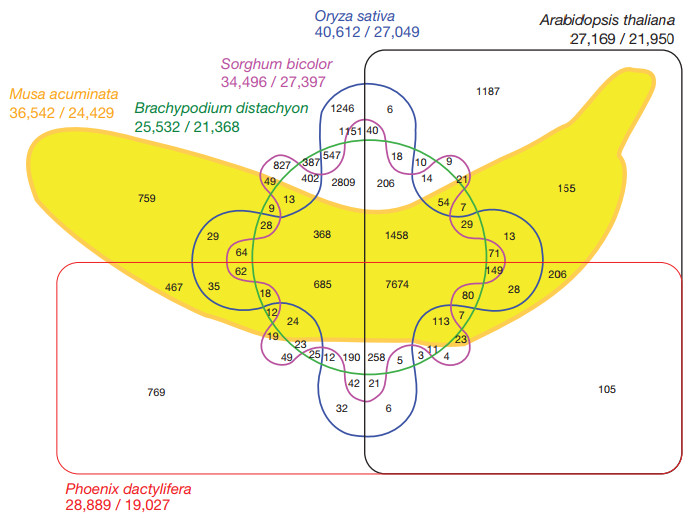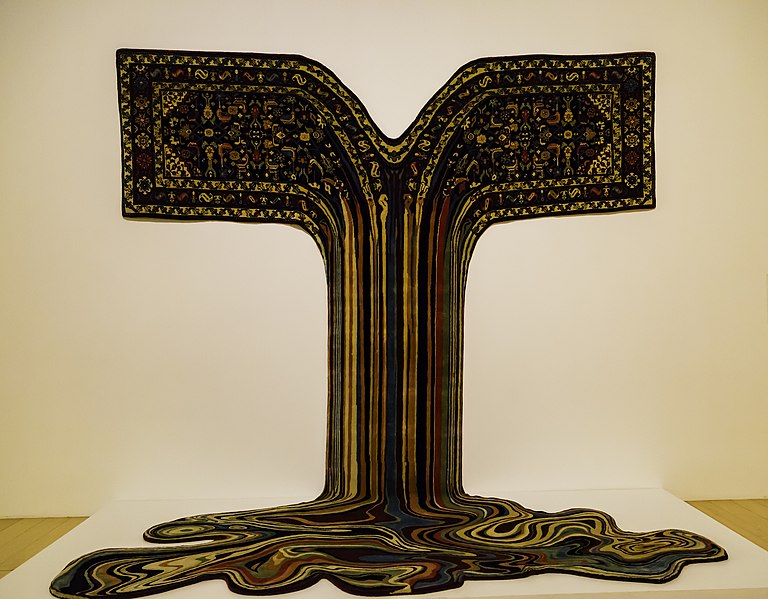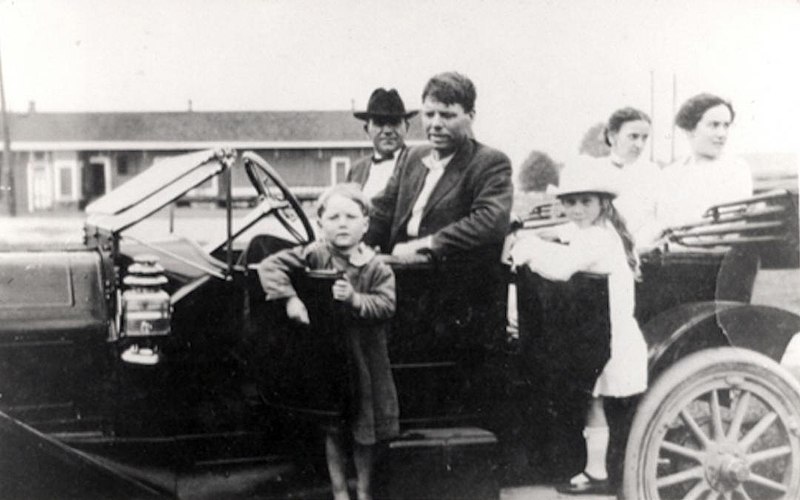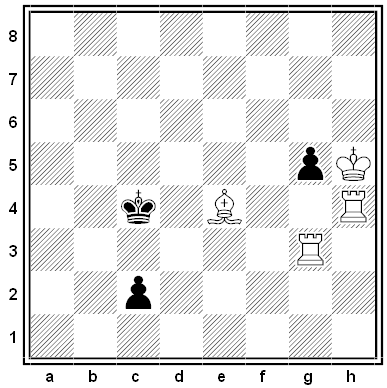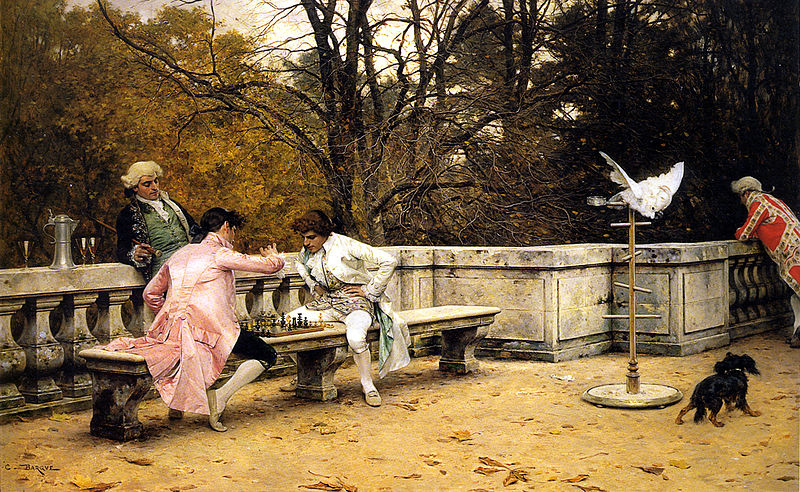
Chess includes a couple of rules intended to keep a game from running on forever. Specifically, a game is a draw (a) if the same position occurs five times or (b) if each player makes a series of 75 moves without a capture or a pawn move. (The more familiar “threefold repetition” and “50-move” rules describe circumstances in which a player can claim a draw but isn’t obliged to.)
At this year’s SIGBOVIK, the tongue-in-cheek scientific conference named after fictional student Harry C. Bovik, Carnegie Mellon’s Tom Murphy VII presented a legal game that carefully skirts these rules to run on as long as possible — 17,697 half-moves, enough to fill 6 pages of the conference proceedings even in small type.
“It can also be downloaded at tom7.org/chess/longest.pgn. Many chess programs fail to load the whole game, but this is because they decided not to implement the full glory of chess.”
(Tom Murphy VII, “Is This the Longest Chess Game?”, SIGBOVIK 2020, Carnegie Mellon University, April 1, 2020.) (Thanks, Noëlle.)
09/29/2020 UPDATE: Reader Alexander Bolton has set up a Longest Chess Game Bot on Twitter that’s playing through this game, tweeting out an image of the position after every halfmove. “It tweets every 4 hours so it should be finished in just over 8 years!”



